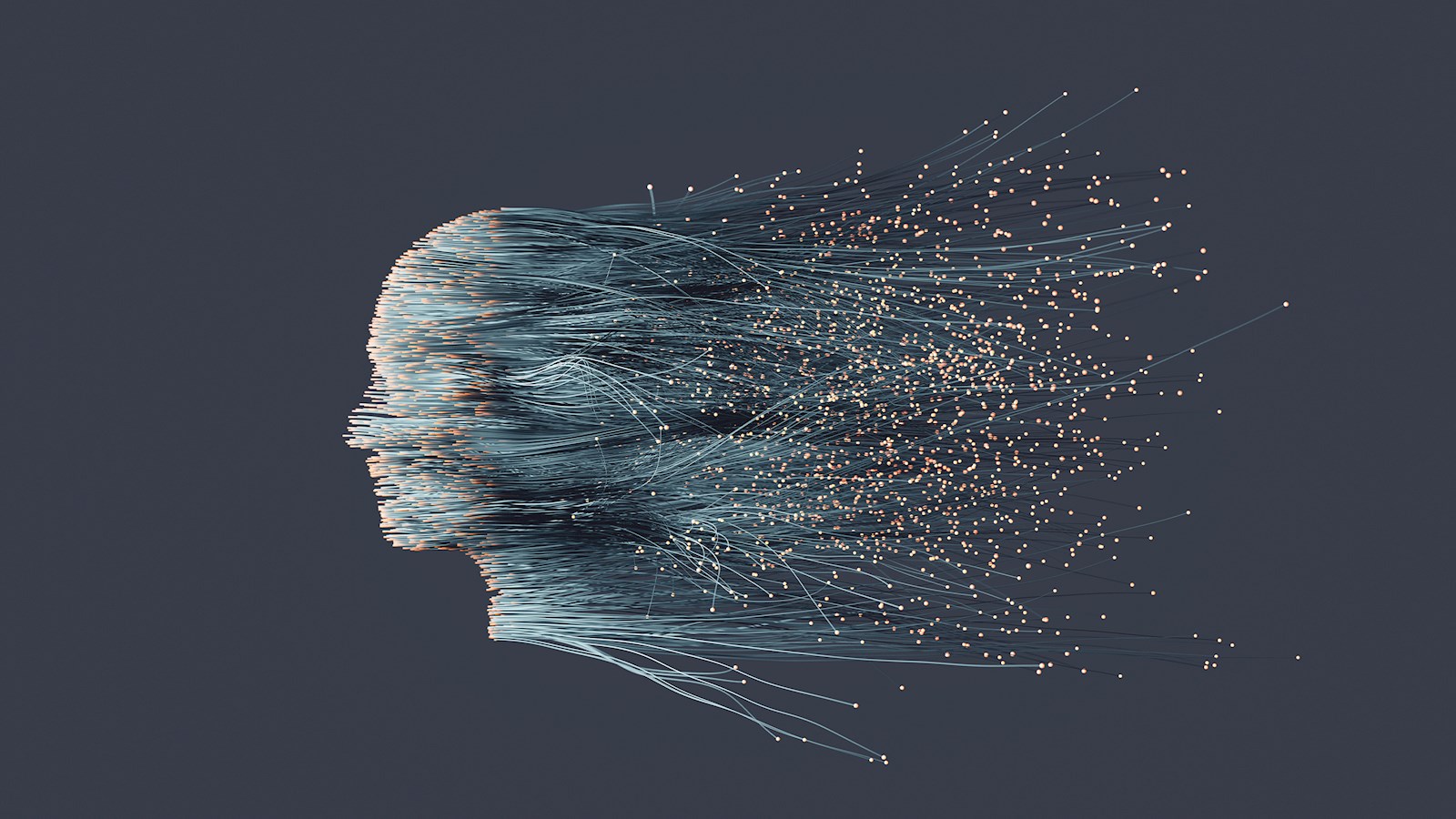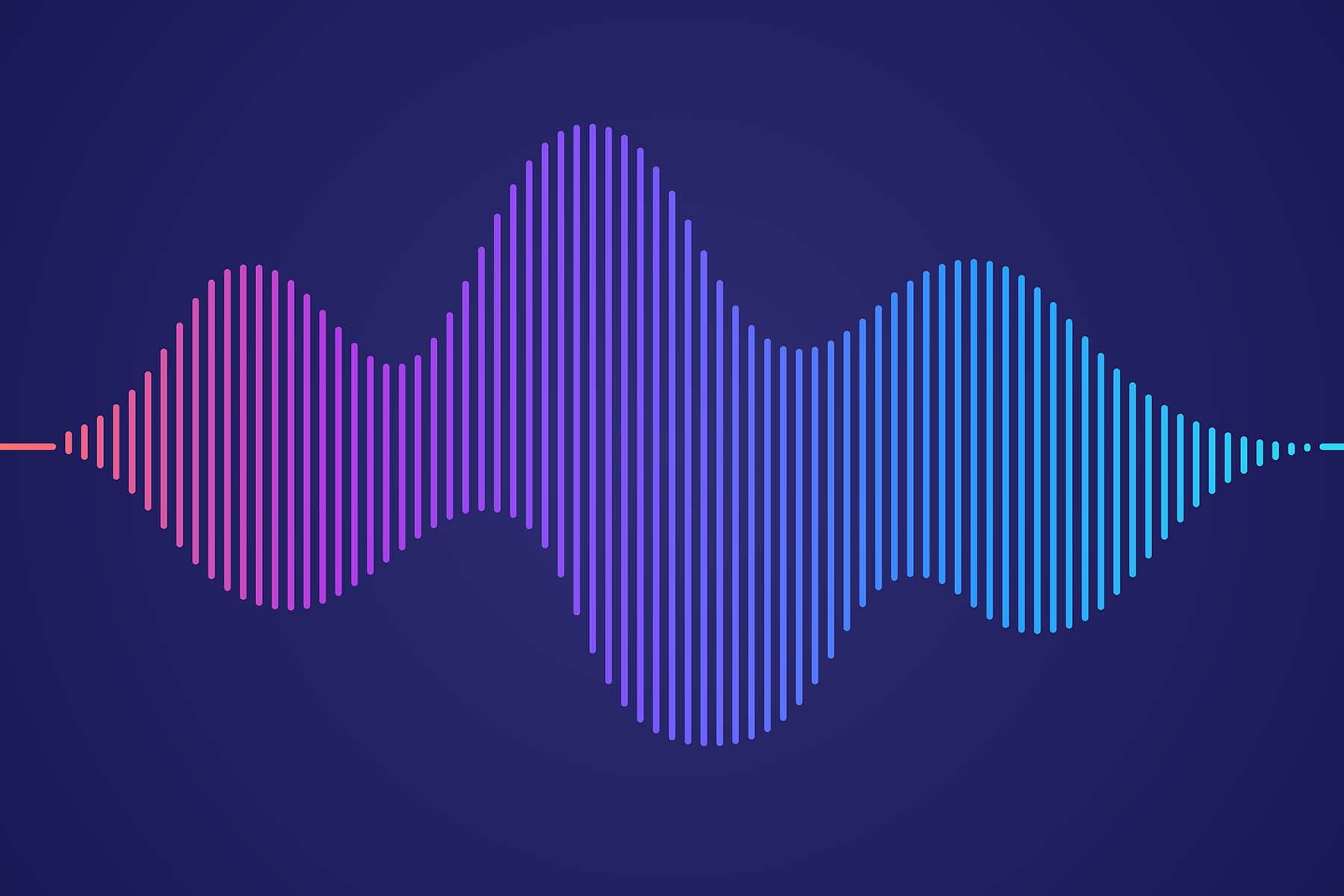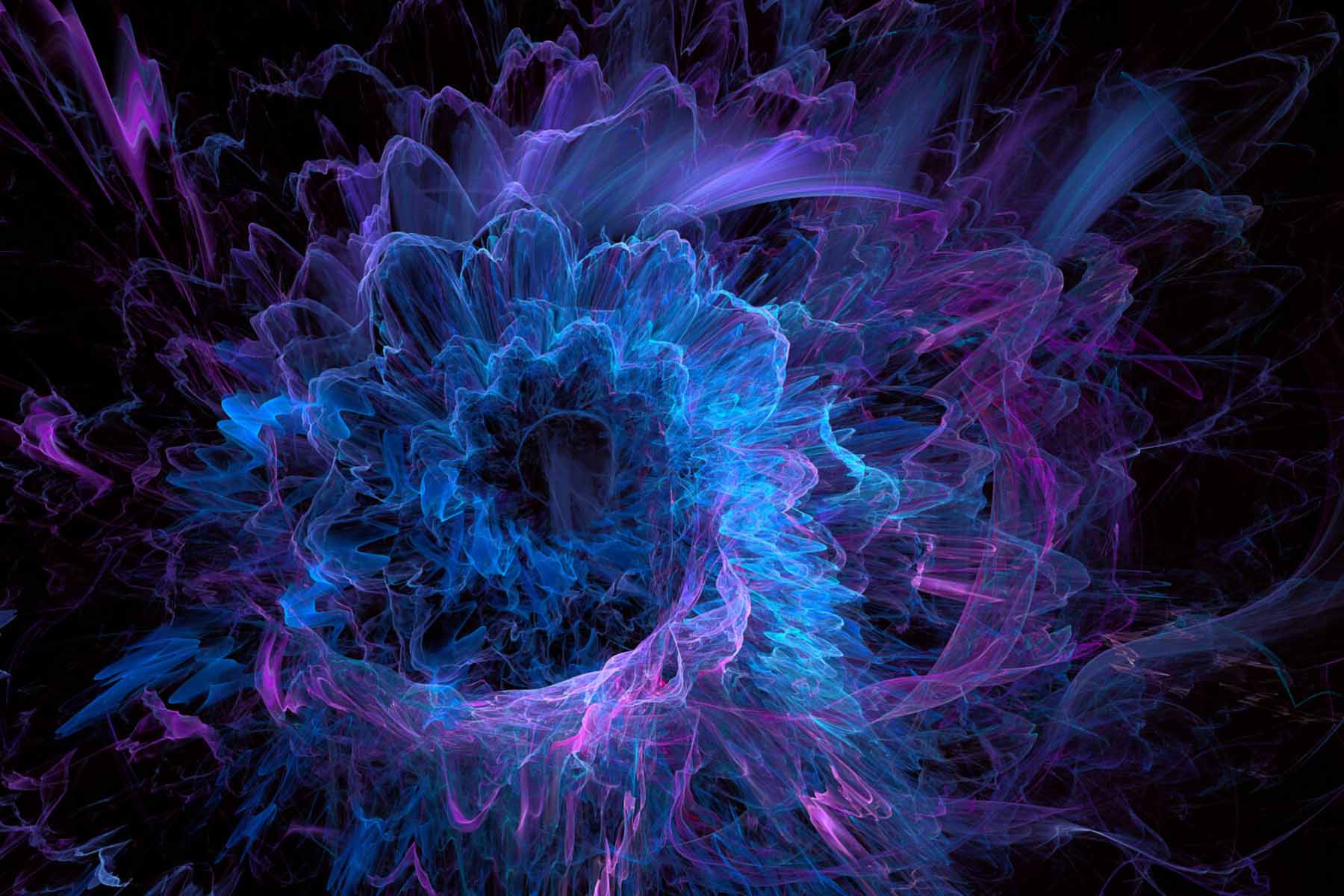
What if? A digital twin can tell you ‘what’
There is nothing like a digital twin for working out what might happen in the future based on existing data – even in the creative world, says AI expert Theodoros Lappas of WPP-company Satalia
Understanding the creative process – in terms of human performance – is not far off, thanks to AI. Digital twins already enable us to map human activity and understand what motivates human behaviour. Soon we will understand what makes people more creative. It’s all in the data.
“If you want to digitise a human work planner, you rely on historical data on past assignments and choices to do so. The limit is the extent of your data,” says Lappas. “Algorithms are constantly improving. Maybe 10-15 years ago there were behavioural patterns that were hard to replicate digitally. This gap is closing – but there will always be gaps.”
And the creative process? Can you really build a digital twin that will enable you understand that better? “If you are a company that deals with creative concepts and, say, you employ a team of graphic designers, you might want to ask yourself: ‘What if I pay them more? Will they perform better?’ We would create a digital twin to find out whether paying graphic designers more makes them generate something more beautiful, more engaging,” says Lappas.
First you would need an AI that can draw things, and then you would need the ability to motivate the AI by a mechanism that simulates how humans respond to money. It is complex – and bleeding edge – but we are getting there.
This is one use of a phenomenon that is working its way out of the manufacturing and engineering sectors across many functions to solve “what if” conundrums that humans alone simply cannot process.
What are digital twins all about?
A digital twin is simply a digital mirror of an ecosystem. The need for a digital twin could come from almost anywhere – both simple and complex organisations can benefit from a digital twin to answer complicated questions. “We have built a digital twin for a seaport, and we’re currently building one for a food delivery business” says Lappas. “It helps to think in terms of ecosystems – you can digitise the processes used by any system.”
The first few steps in building a digital twin are focused on discovery. “Before you even start talking about algorithms or software, you need to understand exactly what you're creating a twin for – the blueprint,” says Lappas.
“At Satalia, we begin by identifying the most important entities or agents in the ecosystem. For example, in the food delivery ecosystem you have the customer, the ordering process, the restaurant that prepares the food, the driver for delivering the food, and so on. For each of them, we map the processes they undertake. For each of these steps, there are lots of different choices or circumstances that can affect what happens next.”
The end-to-end process is only complete when all the inputs, the outputs, and the disruptors – the things that can happen that either make the situation better or worse – have taken place. “For example,” says Lappas, “a massive event happening in the city will delay deliveries, or a massive demand spike will affect deliveries. All sort of shocks can happen – they can be good or bad, and they can make things better or worse.”
The discovery process is important because, while Satalia is expert in AI and digital twin building, it is not expert in all processes across all industries – that information must be communicated, workshopped even – and it is only when the learning is complete that the team at Satalia can move on to implementation. “That is when we start talking about algorithms and software. But, at this point, we know how the end-to-end processes work. Then, typically, we work on what if scenarios.”
These could relate to shortages, demand changes, distribution variations, new external circumstances – think about all the huge changes brought about by the pandemic that most companies would not have built into their existing planning.
“The ability to anticipate shocks, or at least prepare for different types of shocks and see how their current system will respond and perform – those are the most typical scenarios for the twin,” says Lappas.
First simulations then twins
The concept is not entirely new. For decades, industries have simulated scenarios to understand – better – the environment in which they operate and train for different outcomes. But simulation and the creation of digital twins are different.
“The primary difference is that simulations tend to be static, and twins are not,” says Lappas. There's no live decision-making ability in simulators. They don’t connect to live components in the existing digital infrastructure, and they don’t process real-time data. They are limited to the parameters set in advance by the simulation designer. So, you design a scenario, you inject specific shocks or events at specific points in time, feed the scenario to a system that you want to test, and let the scenario play out. But you already know exactly what your system will face during the simulation. There are no surprises like the ones you have in real life.
“With a twin, you are creating a mirror of what happens in real life. For the food delivery company, you would run real-time data through a digital clone of your process. The clone will then have to respond to any of the countless events that may come up. Exactly like your real system would. It is much more advanced.”
Lappas explains that, at Satalia, there are two different algorithmic teams. His team focuses on data science, and the other team focuses on optimisation – or decision-making. “By combining these two skillsets, we can create very intelligent digital twins. If you only use algorithms to make decisions, but you don't have any data to inform decisions, that wouldn’t be very effective. If you only have data, but you don't have decision-making ability, that will just result in predictions, but there wouldn’t be any recommendations so there would be no decisions to be implemented in the real world.”
And data is always managed at the customer end – not by Satalia – to limit security or privacy issues. There is always concern about bias – but the risk of bias in the twin only arises if there is already some kind of bias built into the existing processes. Then you start tweaking and redeploying until the bias is eliminated.
The sky’s the limit
The limits of this technology are set by the limits of the organisation being mirrored. But twinning around creative output is slower than predicting the performance of a financial instrument, or a delay in delivery, for example – it is harder to plot. “Once you know how things work, you can reverse engineer them and create a twin. It all comes back to the data,” he says.Over the next few years, Satalia expects to see a confluence of digital twins across product, people and processes. This confluence will enable businesses to work with greater efficiency and impact.
published on
30 August 2022
Category
More in Technology & data

WPP puts itself at the heart of collaborative 3D worlds
Pixar's 3D animation file format – USD – is the invisible building block of our digital 3D future.

A clarion call for AI, accessibility & advertising
Innovating at the intersection of AI, accessibility, and advertising

AI and health: a delicate balance
Healthcare marketing is in a category of its own and there’s a delicate balance to be struck between AI and human connection

